|
TGIF Wildcat Artists! Coronavirus has affected the whole world. People are anxious, and the streets are empty. Well, almost empty. When it comes to the streets, you can only expect one group to roam and stay loyal to them, and they are the street artists. The explanation’s quite simple: even in more peaceful times, these rogues are no strangers to risks, such as the law, and now it’s no different. Also, they wore facemasks before it was “cool.” Today I want you to learn about Street Art and Graffiti and how COVID-19 and the current quarantine situation is inspiring artists. Art is catharsis (release + relief) and in these tough times, street artists have adorned walls lining empty city streets with timely coronavirus-themed works. In times where all the galleries and museums are closed, the streets have become the canvas for public imagination. I have a little bit of reading along with photos and videos of pandemic-centric art from around the world to admire from the comfort of your couch. Let’s take a look at how street artists around the world have interpreted the situation. Graffiti artists in Senegal paint murals to create awareness Creating awareness about the coronavirus has been a challenge in Senegal where many people speak a local dialect. So, graffiti artists are using images to bridge the gap in communication. WHAT IS STREET ART AND HOW CAN WE DEFINE IT?What exactly is the question we are facing here? How would it be possible to define street art? It could be argued that it is a question for art historians or cultural theorists. However, the first group of thinkers seems to be in need of a temporal distance – there has to be a significant and determined period with an origin, climax and a future perspective in order to define a movement or an art form.
Street art is unofficial, and independent visual art created in public locations for public visibility. Street art is associated with the terms "independent art", "post-graffiti", "neo-graffiti", and guerrilla art, but is not public art. Common forms and media for street art include spray paint graffiti, stencil graffiti, mosaic tiling, wheat pasted poster art, sticker art, street installations, rock balancing and various types of sculpture. Video projection and yarn bombing have also gained some popularity near the turn of the 21st century. When street art is applied to walls or barriers, it can generally also be called a 'mural'. Commercial crossover into legal public art…Some street artists have earned international attention for their work and have made a full transition from street art into the mainstream art world — some while continuing to produce art on the streets. Swiss Graffiti Artist Creates Murals to Honor COVID-19 Essential Workers THE ORIGINS OF STREET ART
THE DEFINITION OF STREET ART – REPETITION AND EVOLUTION
Soon enough, the repetition became a process of unimaginable proportions, taken away from the hands of the artists, finding its way to the vastness of virtual space – never to have its presence questioned. This came to be a (r)evolutionary period for the phenomenon of street art. Street Art Used To Spread Awareness Among People On COVID-19 In Bhubaneswar Kanak News is Odisha's leading 24x7 news and current affairs TV channel from Eastern Media Limited. Odisha's largest media house that also publishes daily 'Sambad'. AN ONGOING TRANSFORMATION OF STREET ART
Teen graffiti artist paints COVID-19 mural on Athens roof Sixteen-year-old Greek graffiti artist S.F. paints a mural inspired by COVID-19 on the roof of his apartment block in Athens. The piece features an image of the virus pathogen and a message to stay home. S.F. has been making street art since 2011 and spends all of his allowance on supplies DEFINING STREET ART DOES (NOT) HAVE A CONCLUSIONComing from the context of urban spaces, street art now lives in the cultural spaces of galleries, virtual communities, public discourses and recently it has become an object of appropriation by the popular culture and the mainstream symbolism of contemporaneity. Art pieces that have come to existence on the walls of cities reached the highest peaks of the contemporary art market. Moreover, the discussion on the meaning of street art resides in the halls occupied by scholars and their students, who ponder the interaction between notions of Visual Art, Conceptual Art, Performance Art and ways of articulating these art forms into the world of street art. It is clear that we are past the point of formulating street art definition as simple as a specific movement or a particular subculture. Surely, saying that it may represent an extraordinary hybrid form of artistic expression would be taking the easy way out. However, if we were to express the relatively stable stances which could form an explanation of what is street art, they would at least include the following: >>> 1. Street art incorporates a strong devotion to social activism (although this is not always the case, it seems that this was an attribute of artwork that survived the test of time) >>> 2. Street art represents a phenomenon that is, through self-transformation, constantly transforming the reality of contemporary art >>> 3. Street art, as a particular practice, has a role in shaping and constructing new cultural discourses. ASSIGNMENTAfter you read through the text on this blog post, watch the videos and look at the image go into Google Classroom and comment on the post with your favorite(s) street artist and a link to their artwork. ANSWERS to Prehistoric Stone Age Art Questions:1. Why were Medieval Times/The Middle Ages called the “Dark Age”? because the great civilizations of Rome and Greece had been conquered lack of knowledge and the plague 2. What does Manuscript mean? Written by man/man made manus (hand) scriptus, from scribere (to write) illuminated, from the Latin illuminare (to light up) 3. Why are Illuminated Manuscripts so important/precious? Preserve history and artwork from a certain time period as many frescos/tapestries have been lost from the middle ages 4. What were books in Medieval times/the Middle Ages made of? Animal skin, calf, vellum, stone, clay, papyrus scrolls 5. What did Medieval Manuscript artists make their paint from? Describe some of the materials and process: Colored materials ground into powders and mixed with liquid binder 6. Many of the most brilliant pigments did not come straight from nature but were made through what process? Alchemy 7. What is alchemy? An experimental practice that predates modern chemistry – how materials interact and transform 8. What four contexts does alchemy embrace in its practice? 1-Astrology 2-Medicine 3-Philosophy 4-Mysticism 9. Within the four contexts of alchemy each color had specific meanings. The color Brilliant Red/Vermillion was associated with what? Associate with chemical change and alchemy itself 10. Many other vibrant pigments result from chemical transformation – what are three additional pigments mentioned in the video? 1-Mosaic Gold 2-Verdigris 3-Lead White 11. In the 4th century the rectangular format was invented/emerged: Codex 12. In the 6th century who began to illustrate their codex/books? Italian monks/Benedict monastery 13. During Medieval times/the Middle Ages why was it beneficial to have Comic Strip-like illustrations in series religious books? For people who cannot read, illiterate 14. What was the impact that the cluster bombs of extravagant illustrations help the church achieve? Convert England to Christianity with added value to the word of God Medieval multimedia experience. Increasing power and intensity of text making its message both visually and viscerally unforgettable. 15. For a manuscript to be described as Illuminated what must it have? Decoration of gold or silver or brightly illustrated 16. Would you consider the profession of creating Illuminated Man to be dangerous? Why or Why not? Some poisonous materials 17. What options does the artist/scribe have if they made a mistake on an illuminated text? 1-Make the mistake work – even as a joke 2-Corrections in the margins 18. Why was Illumination becoming a big business during the 12th century? What changed/was introduced? 1-Professional scribes 2-Wealthy people would pay handsomely for the privilege to commission their own books = money 19. What is marginalia? What does it mean? anything written or drawn into the margins of a book 20. What is so interesting/entertaining about marginalia? The artist lets their fantasy flow freely – funny and rude and satirical while religion is usually very solemn 21. Why are there lot of animals such as bunnies/rabbits used in the illustrations? Metaphor for humans/cartoons with deeper meanings 22. There are two types of medieval illumined manuscripts that many people during the middle ages were most familiar, they were the most richly decorated and people even had in their homes which as a symbol of wealth and taste - what are those two codices called/titled? 1-A psalter is a volume containing the Book of Psalms 2-Book of Hours collection of texts, prayers for the Virgin Mary 23. Compare owning an Illuminated Manuscript in Medieval Europe to possessions of today. High tech electronics, luxury car, commissioning a new building 24. What changed for Illuminated Manuscripts at the end of the 12th century? Secular – nonreligious demand Universities – teaching 25. What new + different types of books were being created? Why do you think this happened? Functional and for students – entertainment – need to make quickly = less decorated 26. What was a very strange and controversial text people liked to ready for enjoyment towards the end of the 12th century? The Apocalypse 27. What was a very poplar genre (type or category) of book and what themes did it include? And what was the title of the first best seller? 1-Romance 2-Adventure 3-The Golden Legend 28. Who was one of the most famous writers of the day who had his work Troylison Crusade, a great narrative poem, put into Illumination? Jeffery Chaucer 29. What in the end revolutionized the production and culture of books? Printing press 30. Who developed this invention? Johannes Gutenberg 31. Like all new technology what did this invention do? Rendering what practice obsolete? Less/no more books painted by hand 32. Henry the 8th delivered the coup de gras… by ordering what? Burning all religious books 33. In the 16th century who/what came to the rescue to preserve what was left of the salvaged Illuminated Manuscripts? Libraries + Colleges/Academies – Cambridge, Trinity and Corpus Christi 34. Museum researchers study chemical transformation throughout a pigment’s life. Illuminated Manuscripts are often protected because books are kept closed. How does damage occur? 1-Exposure to light 2-Exposure to atmospheric/environmental conditions Well Wildcat Artists we made it through another week (round of applause) excellent work! Don't forget you have deadlines! POSTS + ASSIGNMENTS SO FAR: 4/5 Hello + Welcome: Introduction, Syllabus etc 4/6 Monday Art Mission: Still Life Self Portrait 4/8 Wednesday Watch: Prehistoric Stone Age Art 4/10 Fragment + Fortify Friday: Norman Rockwell 4/13 Monday Art Mission: Color Theory w/ Color Wheel Still Life or Color Wheel Collage 4/15 Wednesday Watch: Medieval Illuminations 4/17 Fragment + Fortify Friday: The Dark Crystal 4/20 Monday Art Mission: Contour Drawings + Google Pictionary 4/22 Wednesday Watch: Earth Day + Environmental Art 4/24 Fragment + Fortify Friday: COVID19-Themed Murals + Graffiti Related To Coronavirus Enjoy the weekend - I hope we have some nice weather so we can all get outside. Missing you all. Stay safe + take care of yourselves. Do not hesitate to reach out with any questions or if you are in need of help of any kind [email protected] Warm Regards, Nicole Webster Clark Sources:
1 Comment
|
Nicole
|
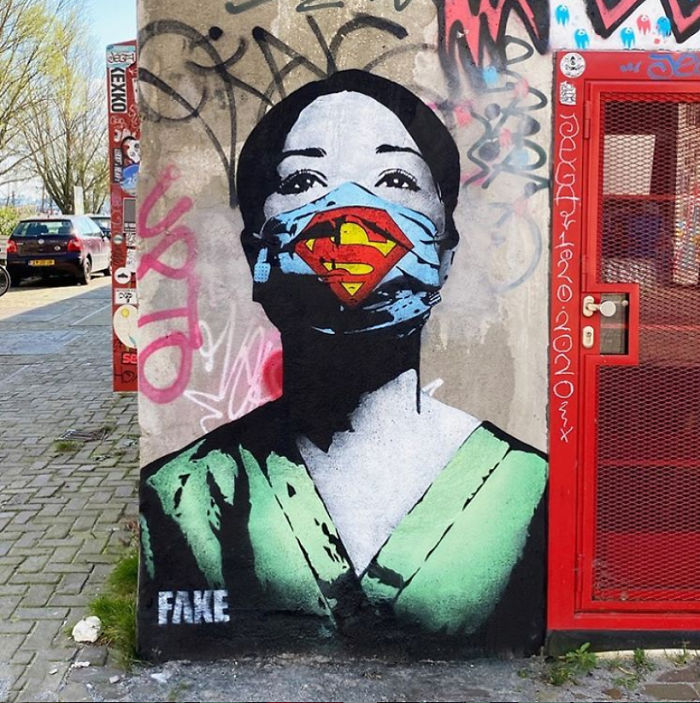
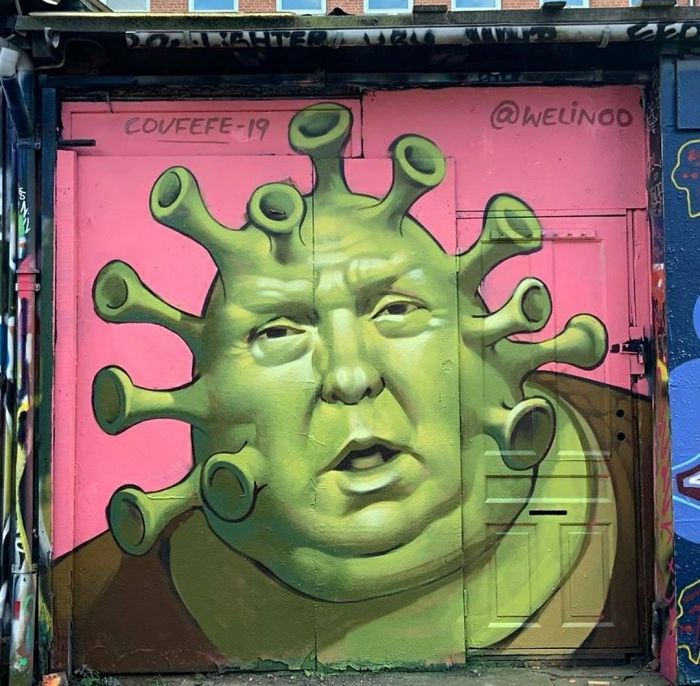
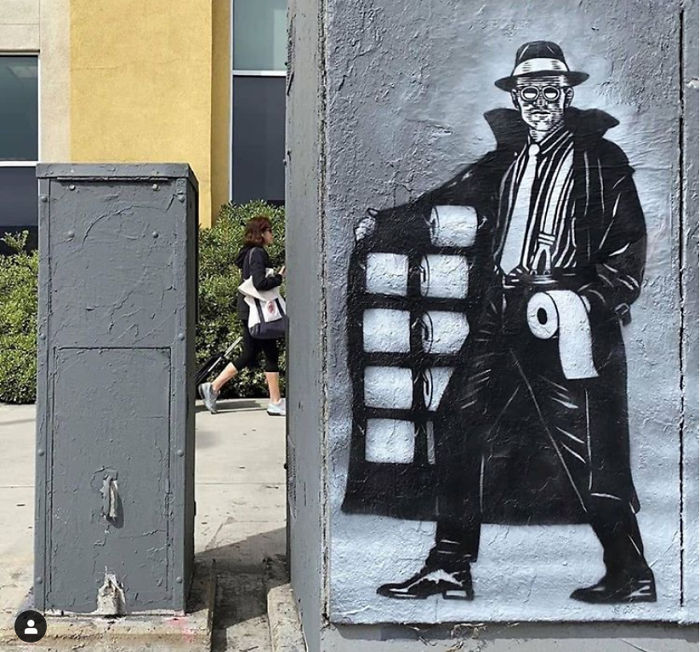
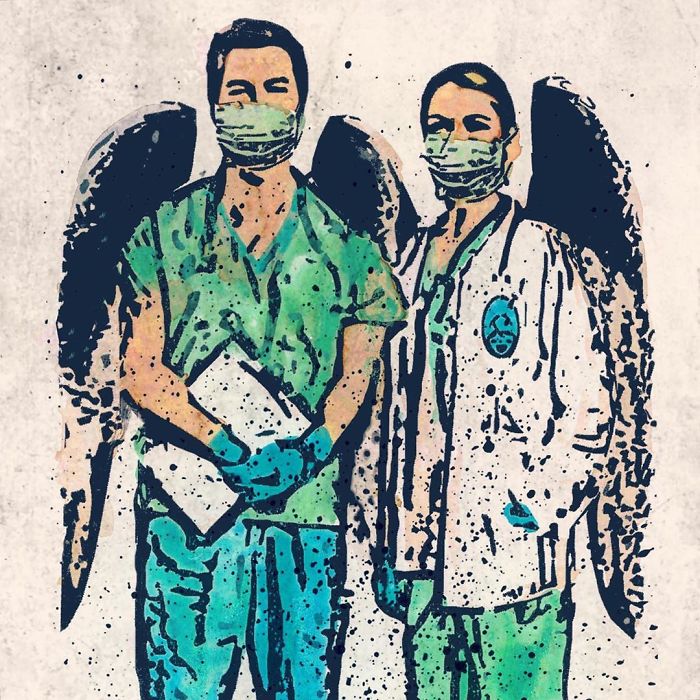
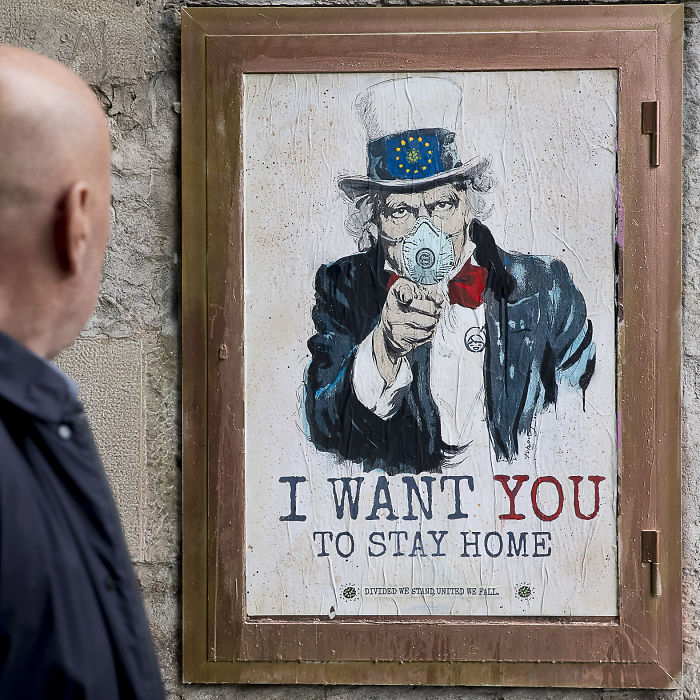

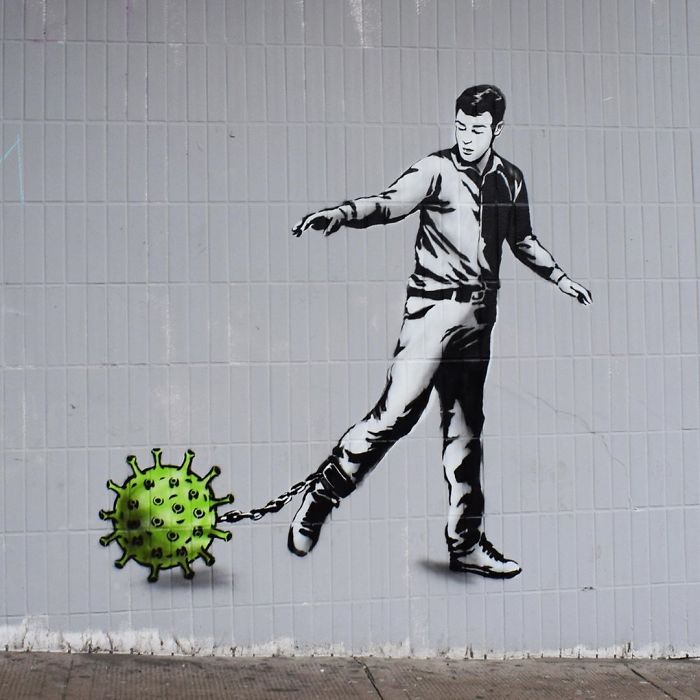
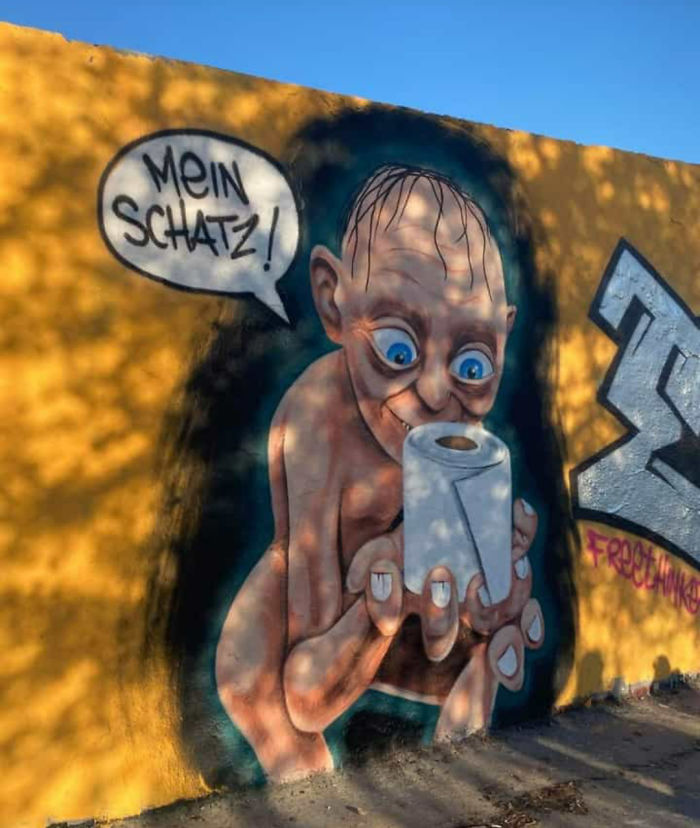
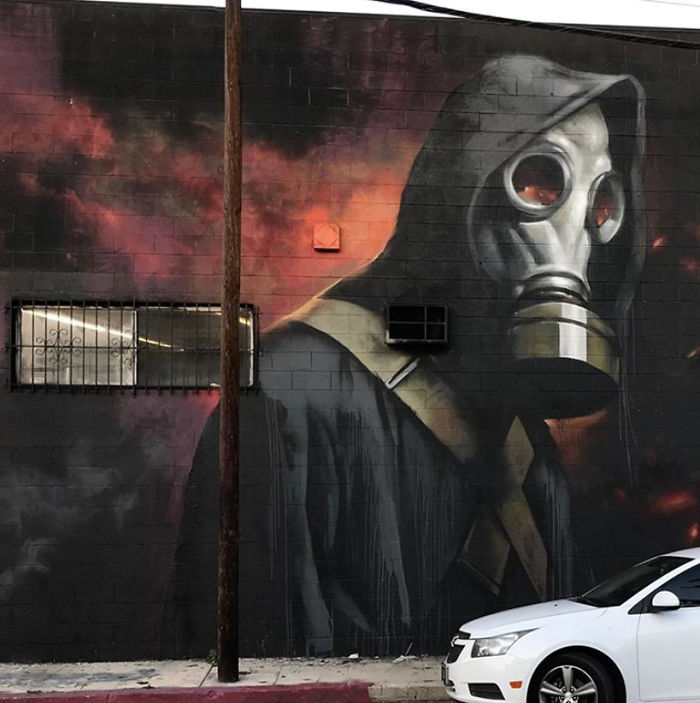
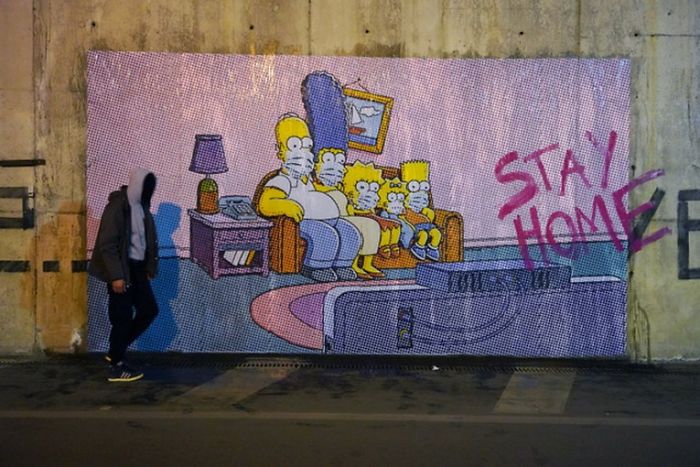
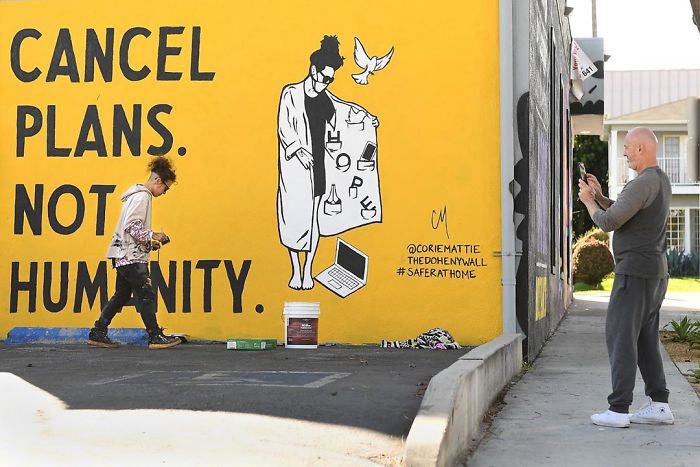
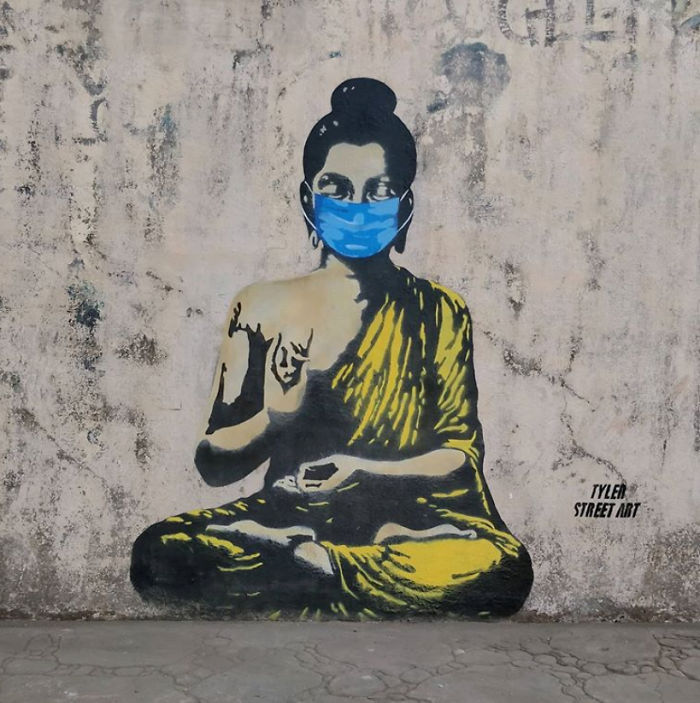
 RSS Feed
RSS Feed